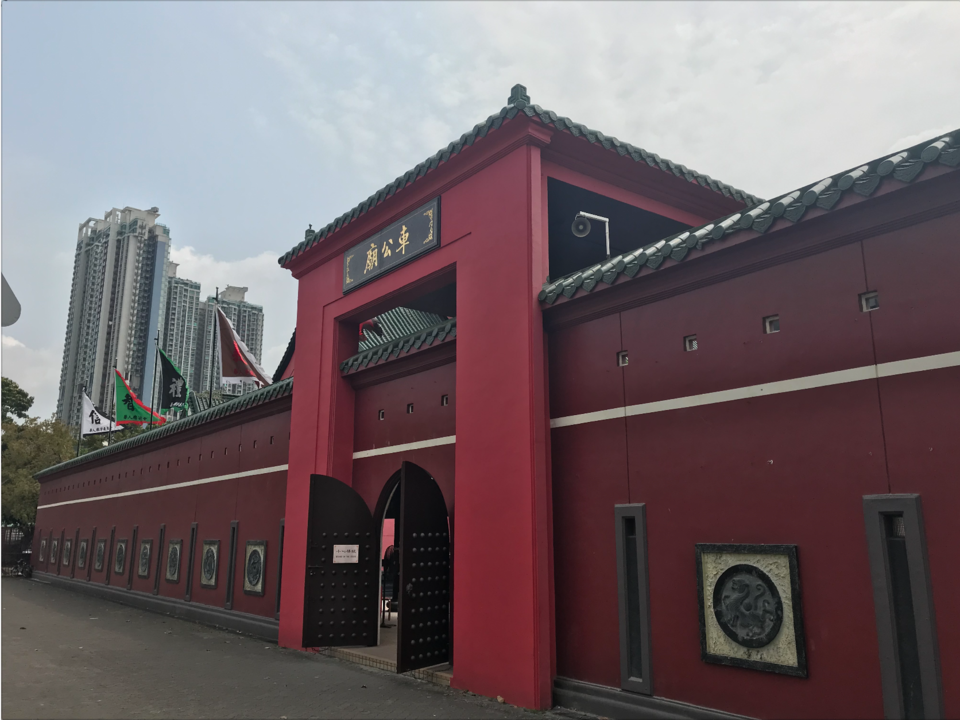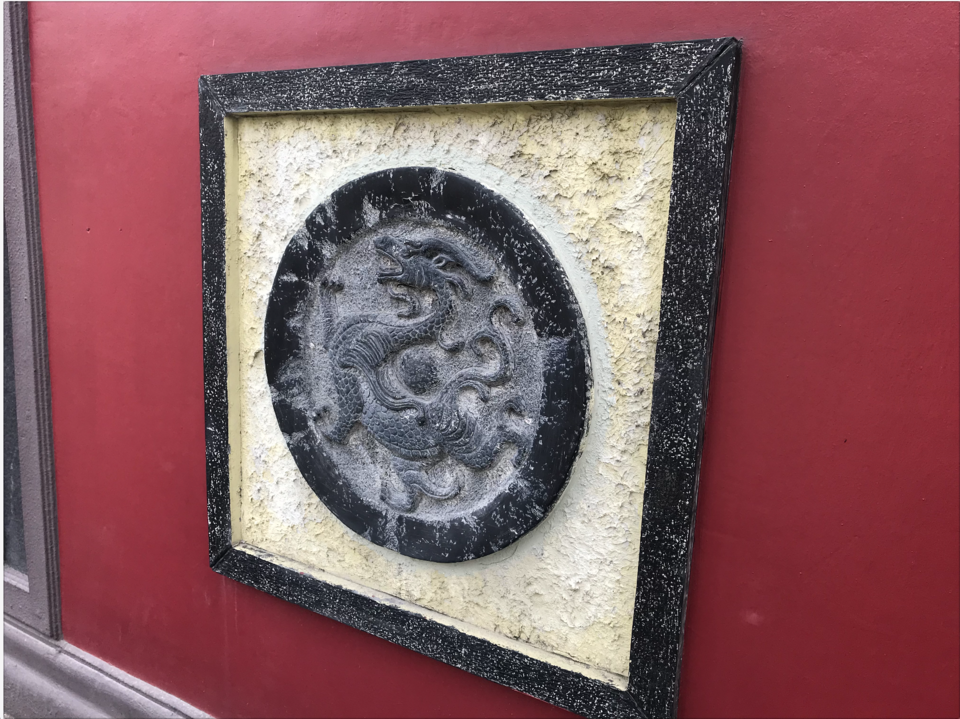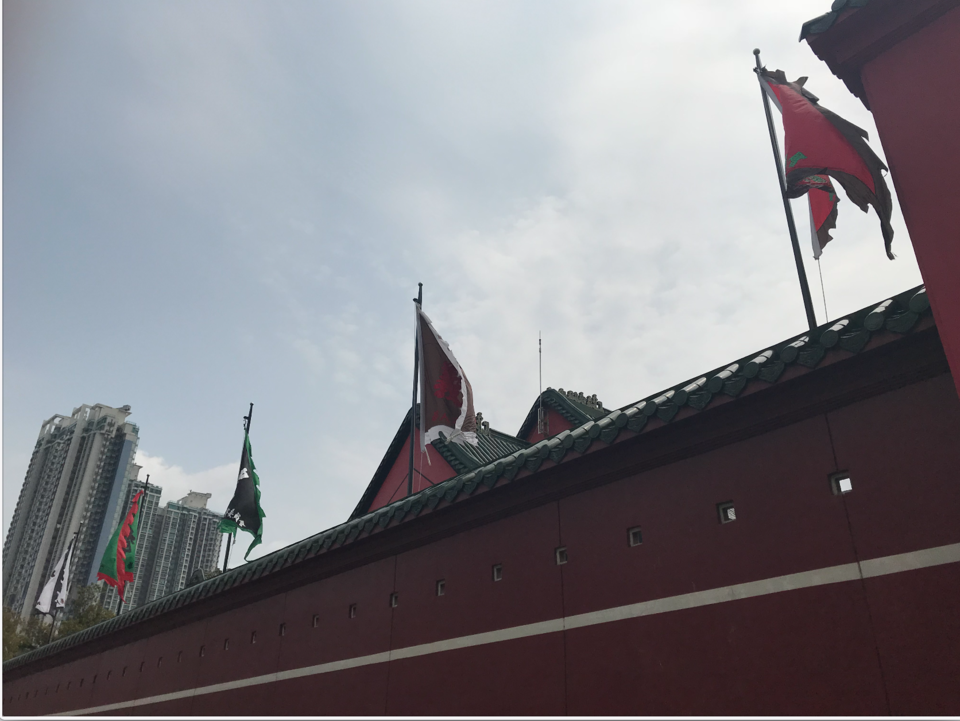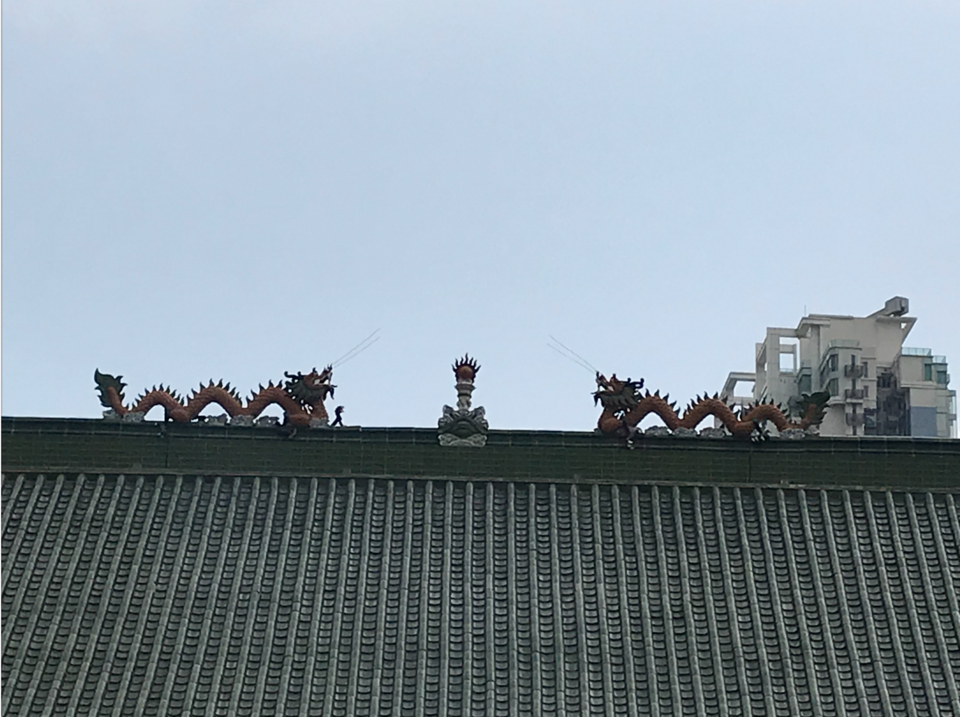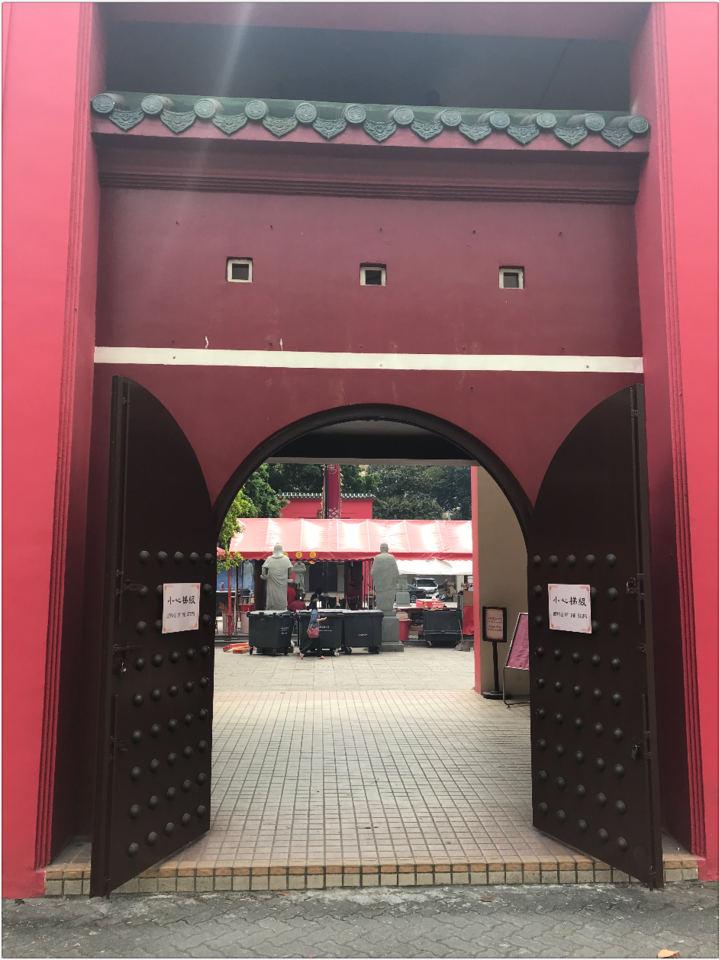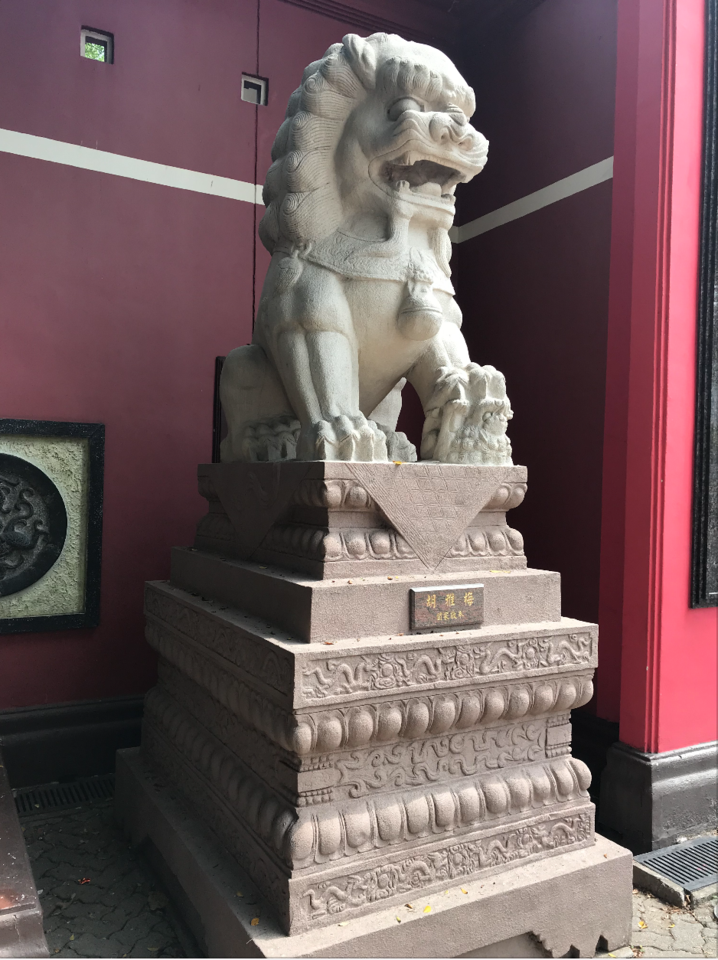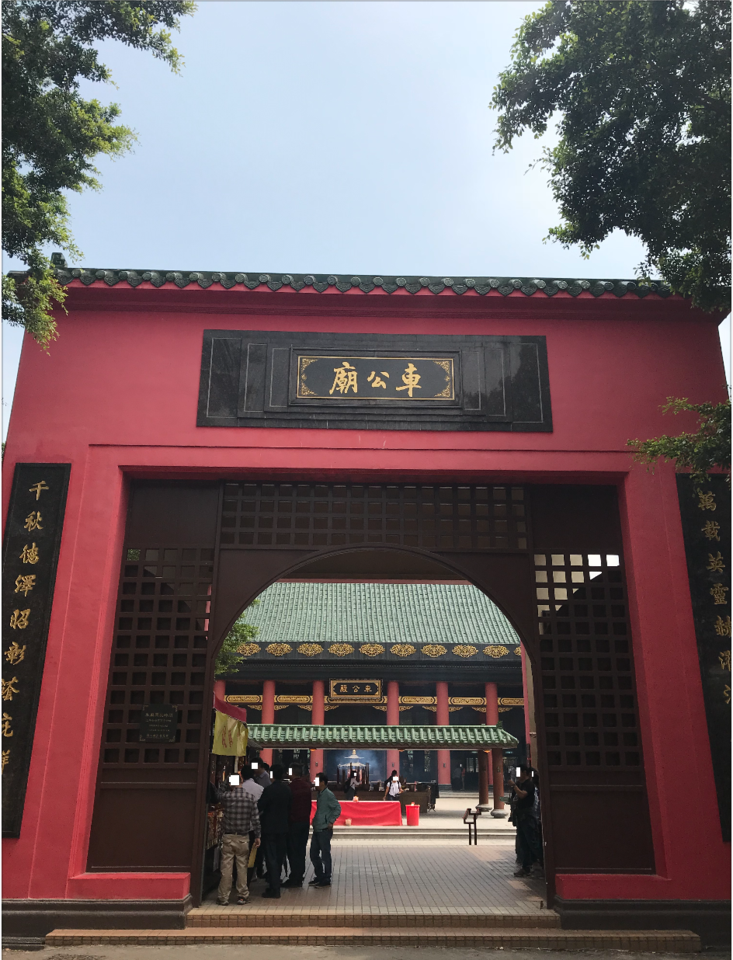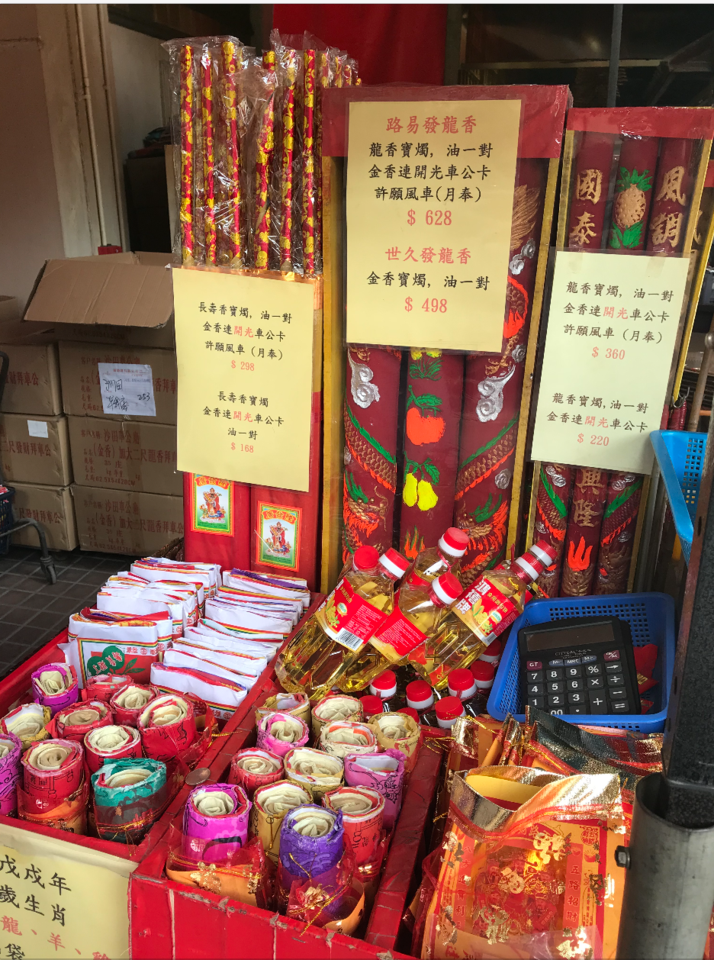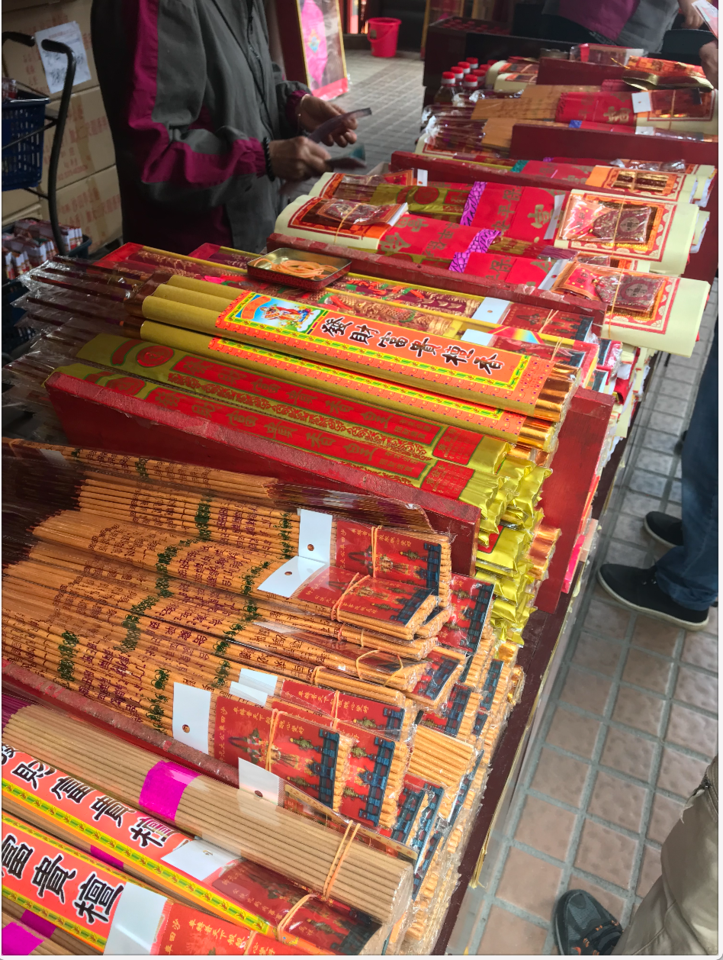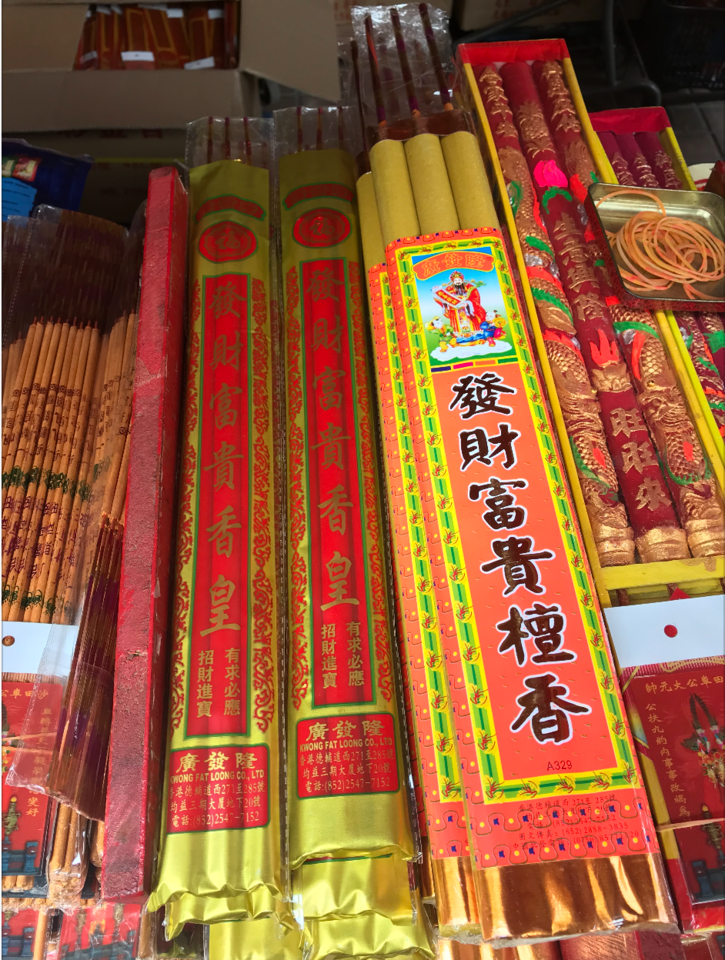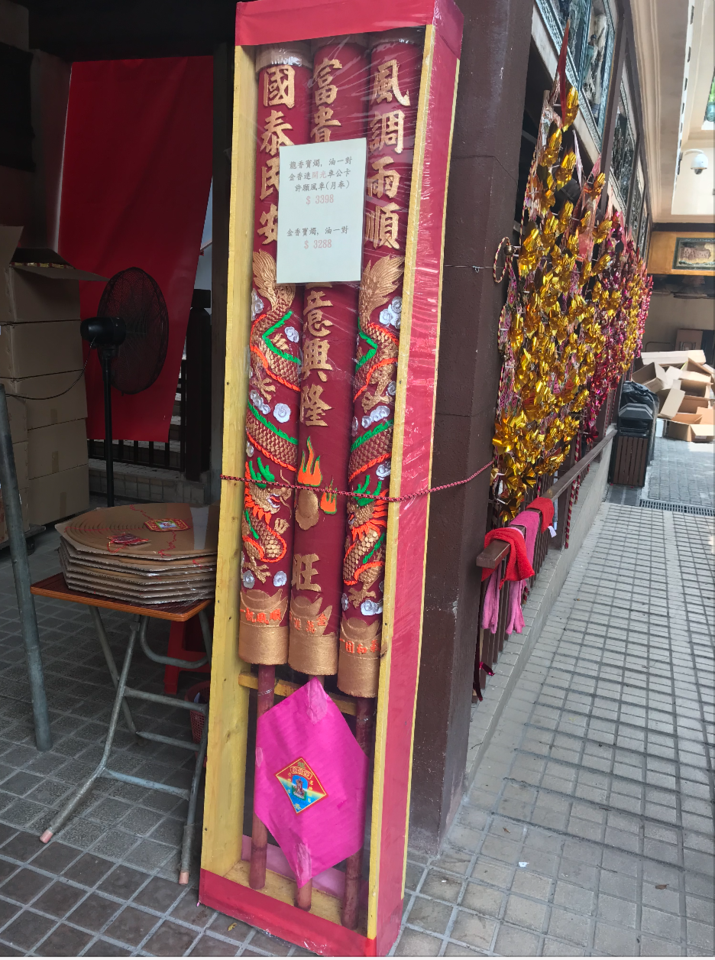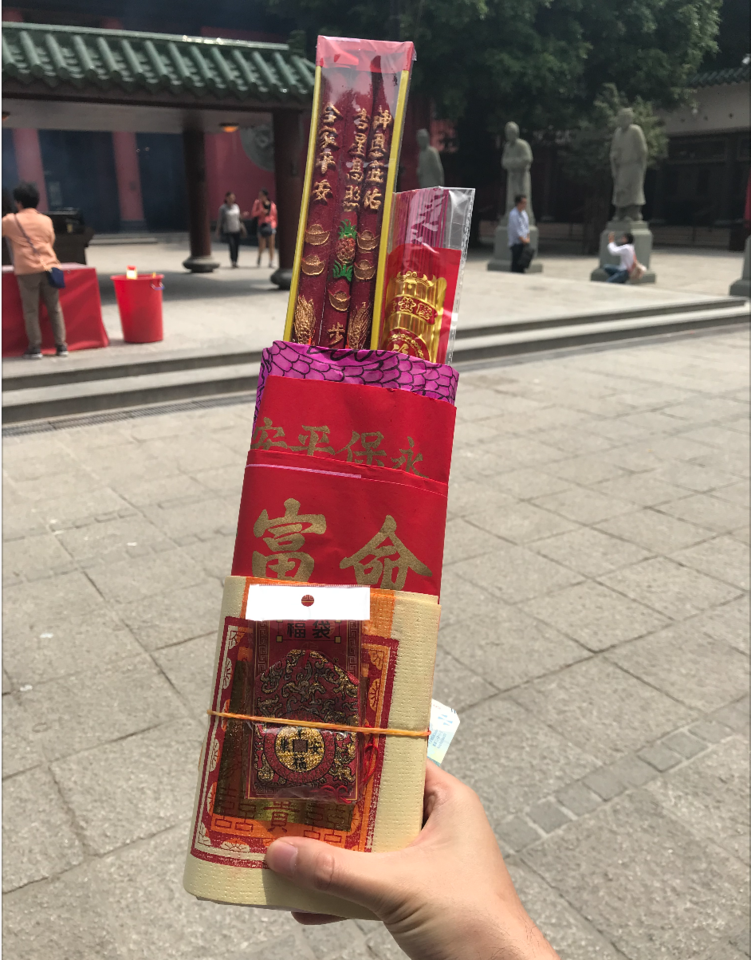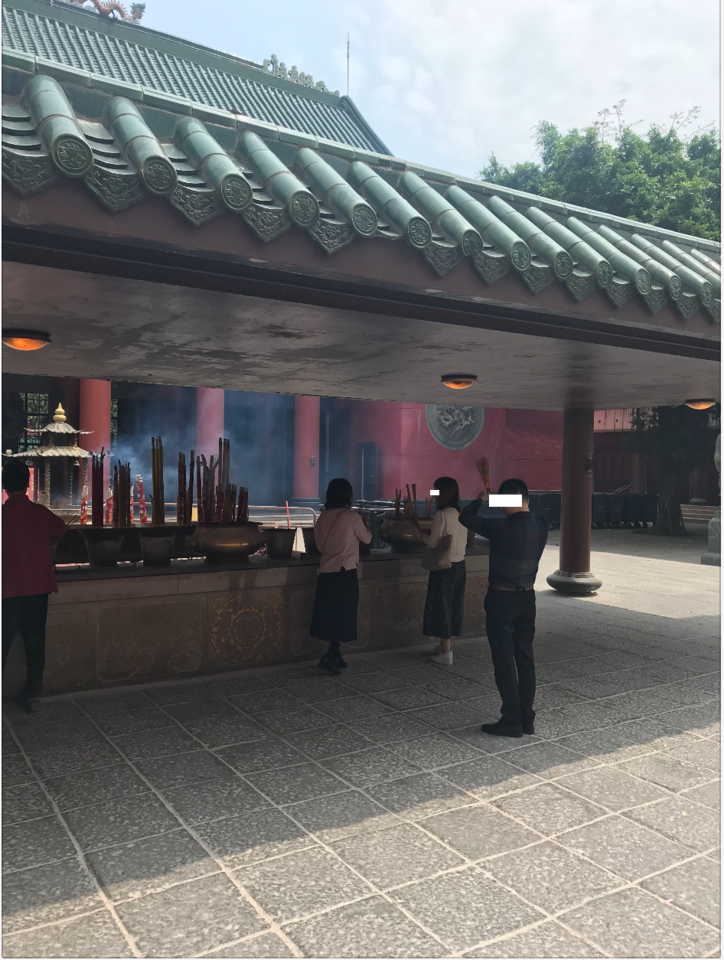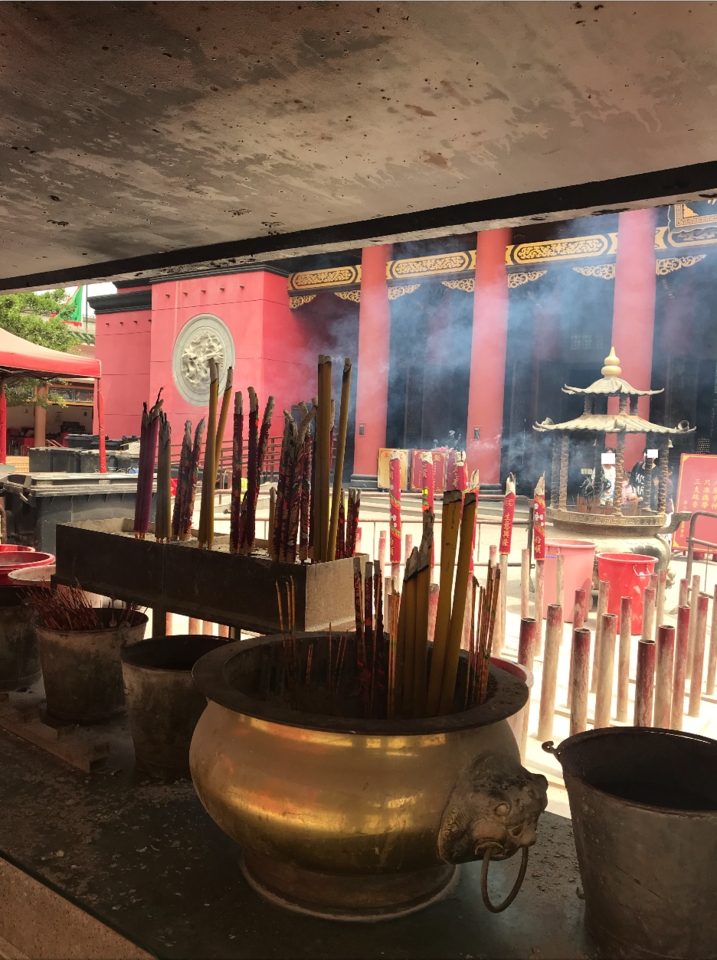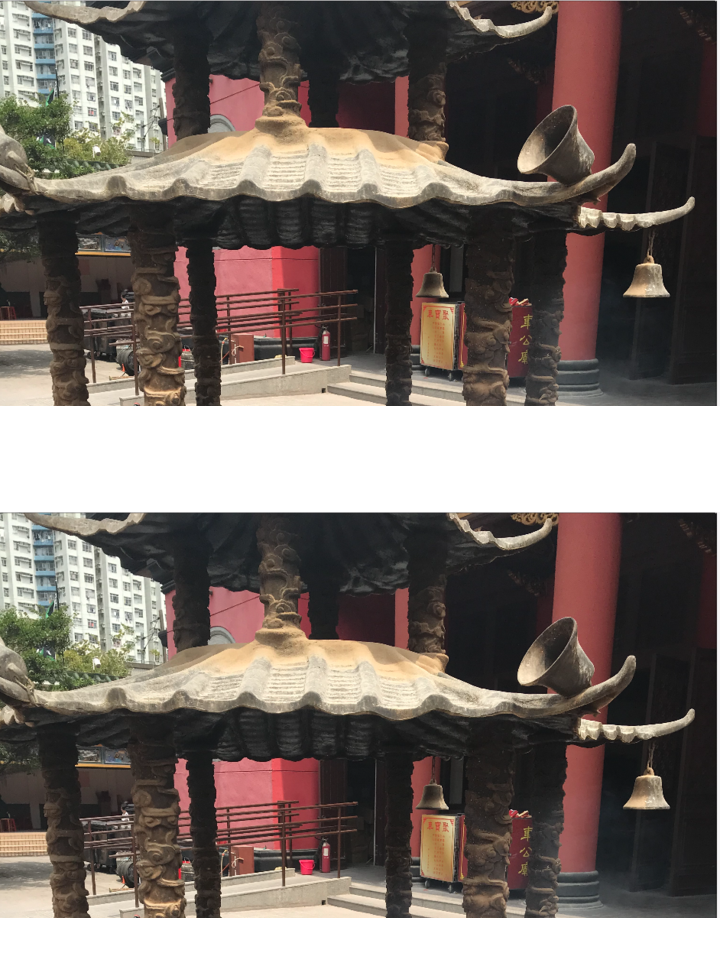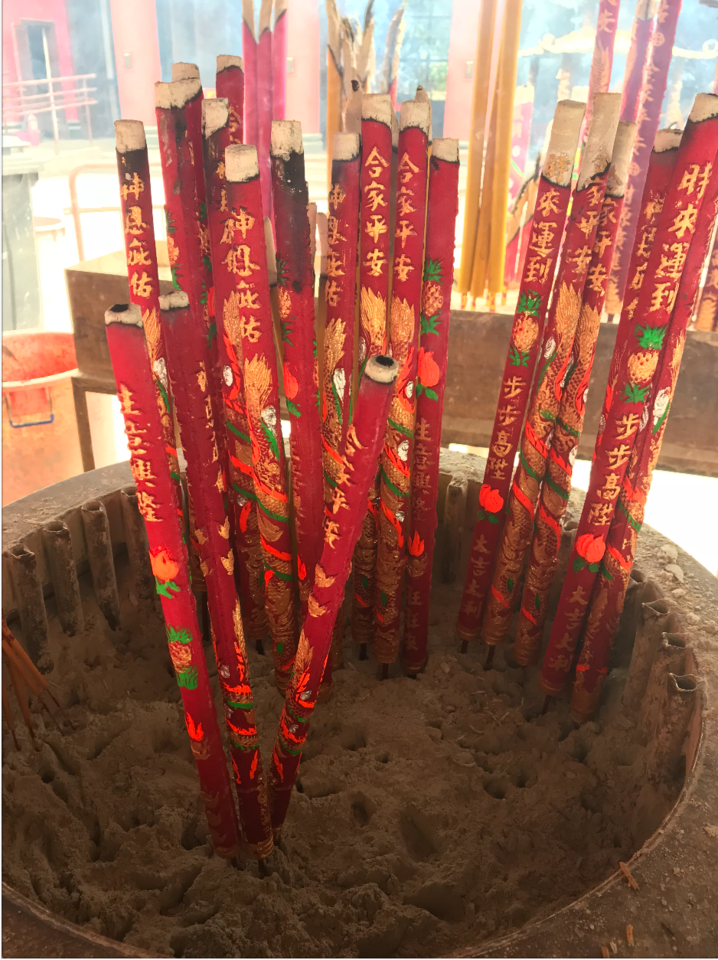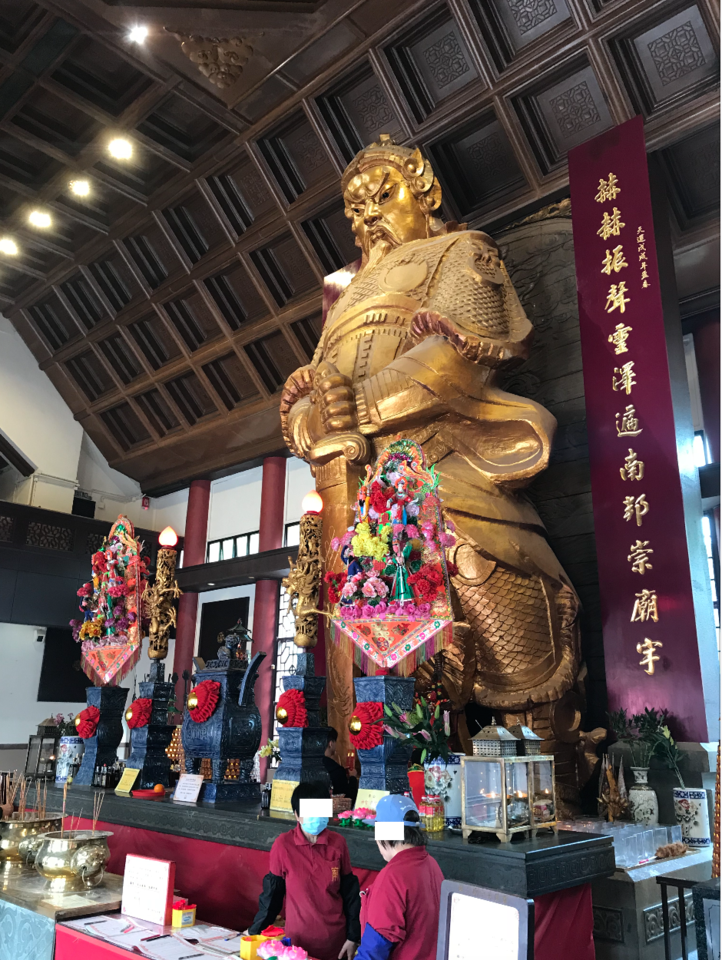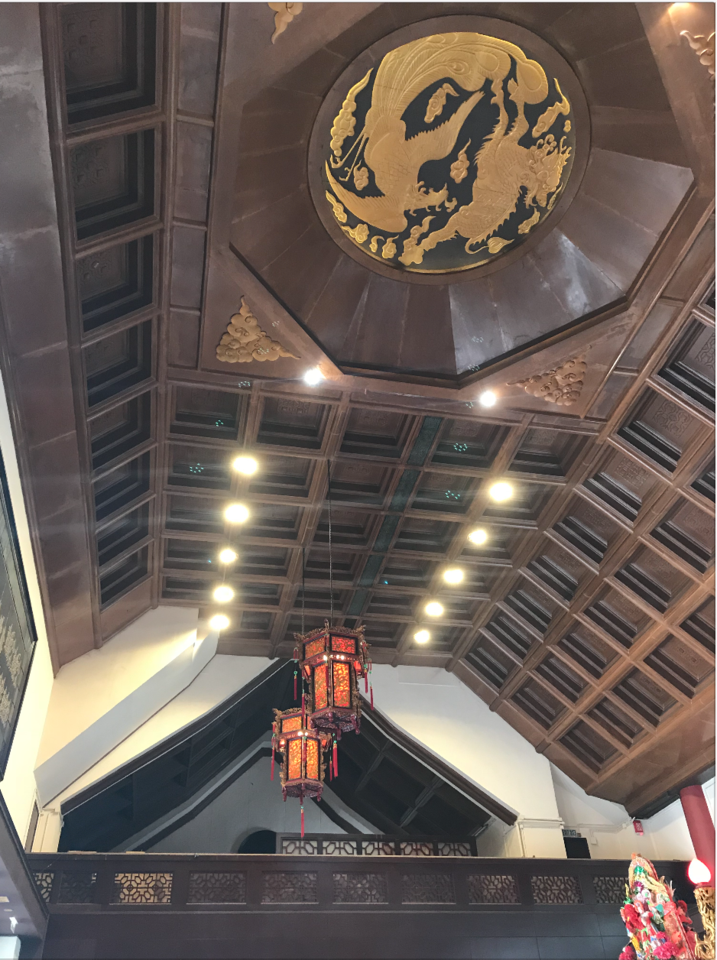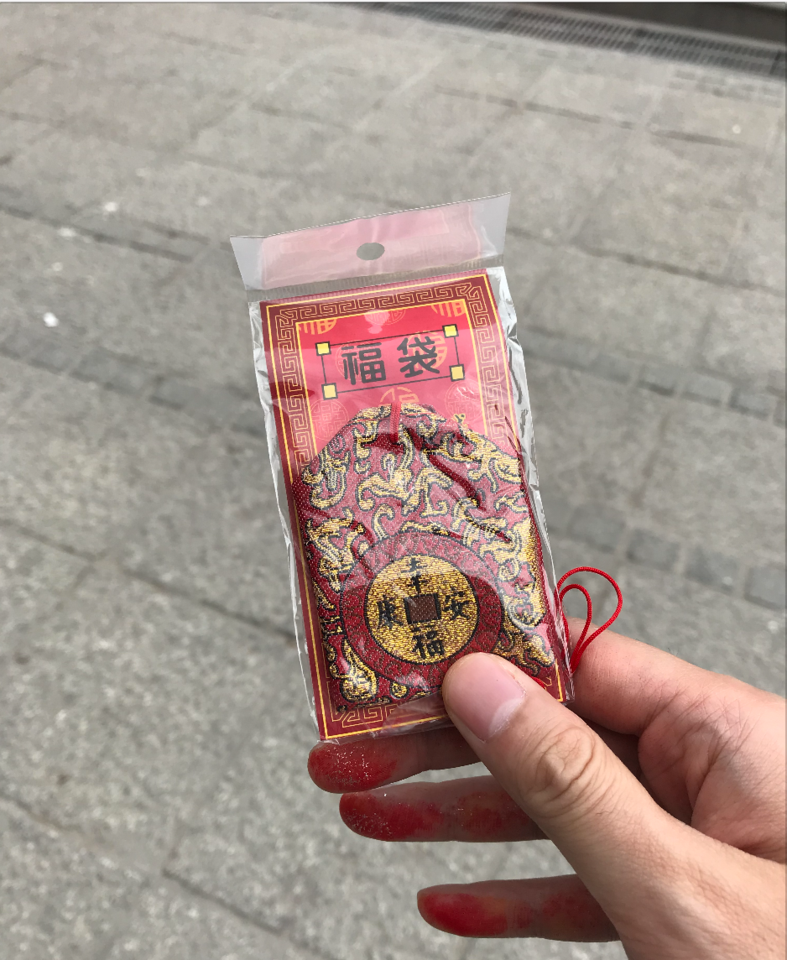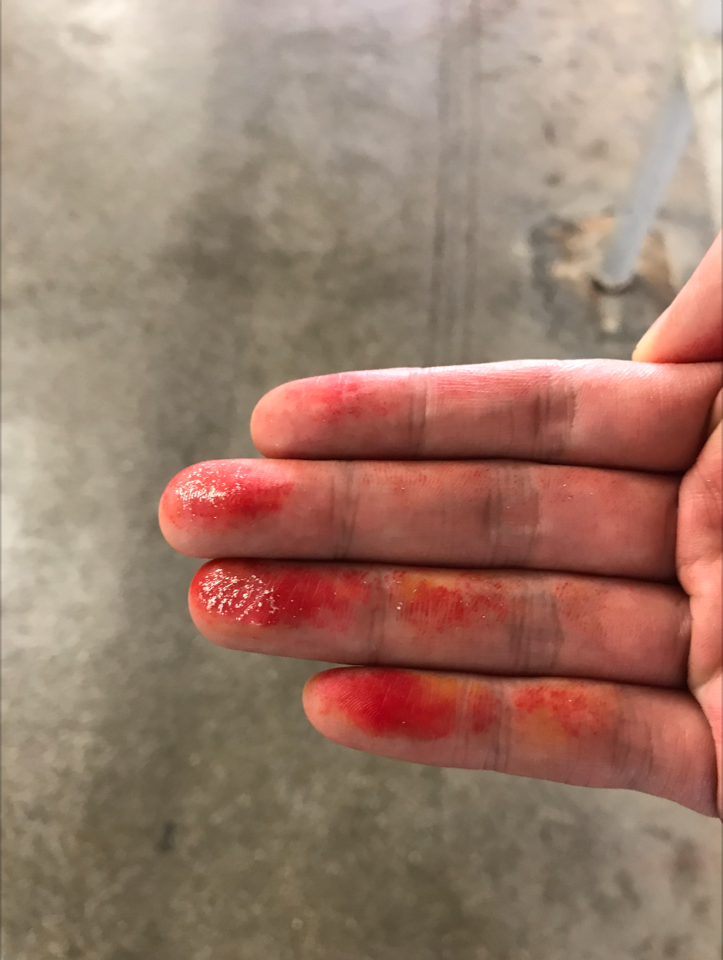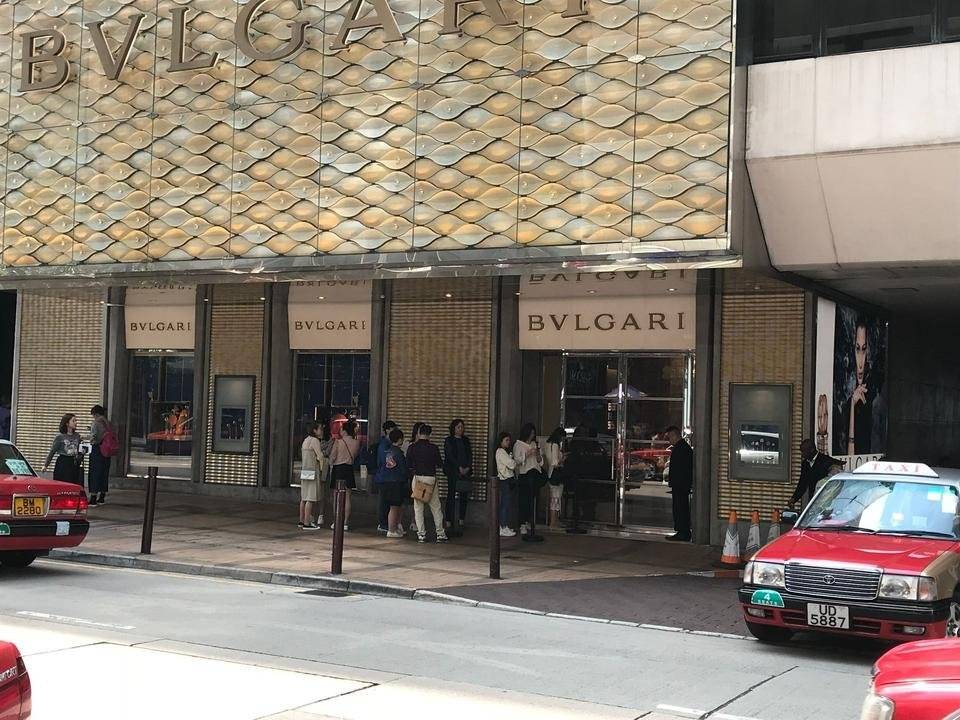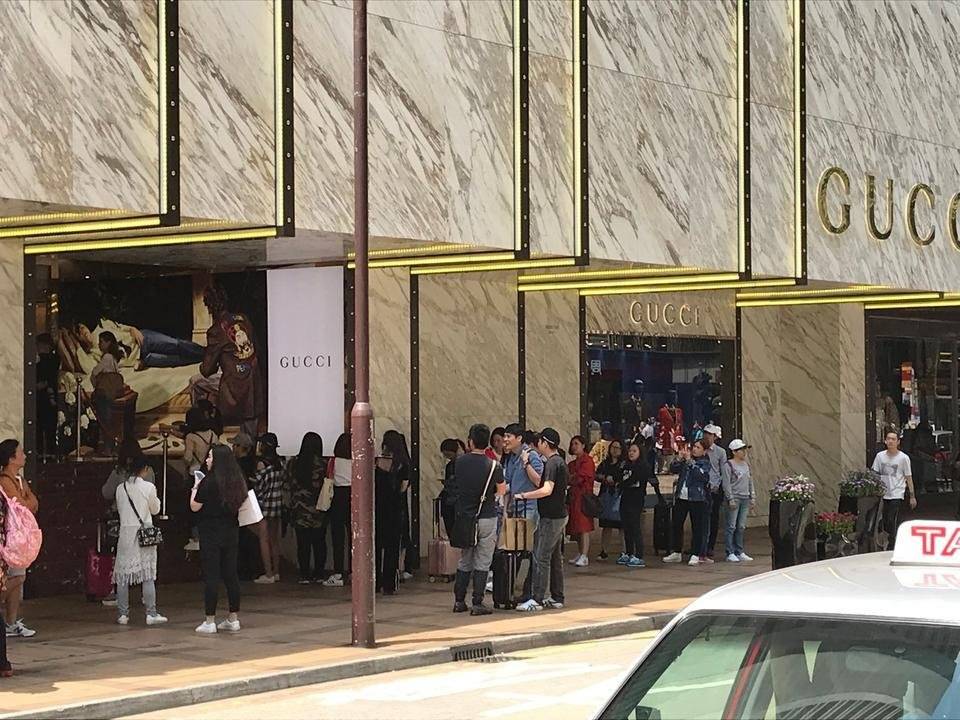1. What is your cultural topic?
On the outside, a culture is shaped by attitudes and behaviours held and sought by most people in a particular society (van de Vijver, Chasiotis, & Breugelmans, 2011). On the inside, those attitudes and behaviours are underpinned by values, norms, and beliefs important to the people who are likely to perceive that they have to act out what are believed to be vital (Harrison, 2002; van de Vijver et al., 2011).
Fundamentally, cultural elements within a culture can be visible (e.g. what people wear, eat, and see) or intangible (e.g. religions and philosophies) (Kaufman, 2009). Arguably, the elements are not isolated but can be tied together; breaking them apart as tangible and intangible components makes it relatively easier to understand. This is to say, the underpinning elements (visible and invisible attributes) can be combined together to build a culture (Alvesson & Sveningsson, 2015).
My topic is a mixture of tangibly and intangibly cultural elements. Taoism as a religion indicates one of the major local Chinese beliefs, folks, and customs (HK Government, 2016a). It displays how intangible elements constitute attitudes of most local Chinese (i.e. believers to be exact) in cultural terms (HK Government, 2016a). It also reveals how those believers act out the religion tangibly as behaviours at the altar (Komjathy, 2013).
2. Why did you choose it?
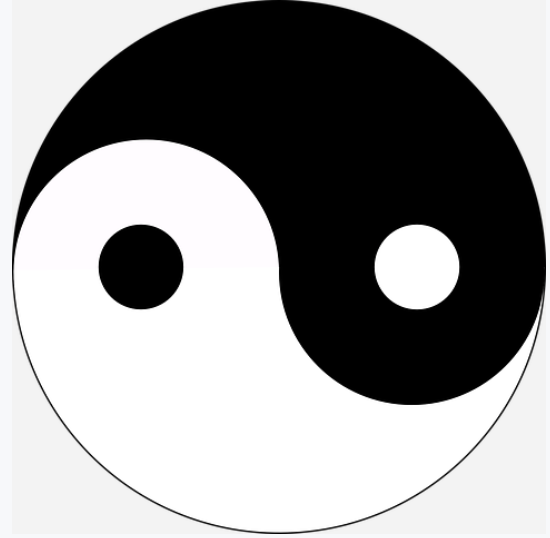
Looking at my local culture through the lens of what most locals spiritually believe in is probably a new and interesting topic on Steemit, not to mention Taoism being a Chinese one. This probably-first-of-its-kind post, with credible sources and proper referencing, can add much value to the Steemit blockchain and also add to the knowledge base of cultures around the world.
3. What makes it special to you and your local culture?
3.1 Unique rituals that realise the culture intangibly and tangibly and makes the culture special
Each religion has unique rituals, so does Taoism. Seeing how local believers doing their rituals at the altar can understand how tangible and intangible elements shape the culture and how the locals preserve the religion as culture.
Believers of Taoism go to a temple on two major occasions. First, they look up the Chinese lunar calendar (pronounced as Tung Shing in Cantonese) and may choose any favourable day that is perfect for spiritual worshipping. See yourchineseastrology.com (2018) for the Chinese lunar calendar that tells which day is 'auspicious' or 'inauspicious' for spiritual worshipping.
Choosing an auspicious day is an indication of respect for the god and may get any messages (i.e. holy appreciation or wishes) across to the god easier (Hu & Allen, 2009). An inauspicious day is nothing effective otherwise in spiritual terms.
Second, a day is formally chosen by the temple and dedicated to a holy appreciation ceremony or festival, during which believers pay respect to the god and make their wishes at the altar (Chinese Temples Committee, 2014; Hu & Allen, 2009).
Either occasion, believers prepare and bring altar items to the temple. Common ones are apples, oranges, a Chinese rice wine, a steamed chicken, or even some roasted pork. Why the wine, chicken, and roasted pork are allowed to the altar? Is the religion vegetarianism? Despite both Chinese religions, Taoism differs from Buddhism; the former does not object any of those altar items whereas the latter explicitly and strictly asks for not eating meat and drinking (Pas, 2006; Stewart, 2015).
Alongside those altar items, believers light up big and small incense sticks, get down on their keen in front of the altar, close eyelids, hold the incense sticks, sincerely whisper wishes or holy appreciation in the form of prayers, then get up and bow three times to the god statue, politely carry the incense sticks to the incense stick pot, and burn the incense paper to ash in a burning barrel.
Incense stick and paper burning are two rituals essential to Taoism. Smoke and flames produced out of the burning are a holy communication channel, through which to send messages to the god (Pas, 2006).
To conclude the rituals, believers take home the altar items (e.g. the apples, oranges, wine, chicken, or even roasted pork) and consume them. Eating or drinking them, perceived to have been blessed by the god, literally is to accept all luck and blessing and bring prospect to the person (Saso, 1990).
One of the Taoism temples in Hong Kong with a unique Taoist construction structure - Own photo
The whereabouts of the Taoism temple on Google Map. The temple is about some 20 minutes away from the most crowded tourist area.
Despite a replica, the temple recreates some fine carving. Here, a detailed dragon vividly sits on the wall - Own photo
Four fluttery flags in the air are a metaphor signifying the temple is important as a castle - Own photo
Another two dragons guarding the temple on top - Own photo
This is a side entrance. Be advised not to use this whenever going into or out of a temple. Adhere to a local custom: use the main door. This is one important aspect showing respect to the god and the template as a holy place - Own photo
The temple has a pair of carved stone lions posted at the main door. Being two holy guards, they are blessed and empowered by the Taoism priest and hence protect the temple (Pas, 2006) - Own photo
The main entrance of the temple. Be advised to use this - Own photo
A stall at the entrance with altar and holy items up for sale - Own photo
Incense sticks and paper of all sorts are sold at an opposite stall - Own photo
Incense sticks and paper of all sorts are sold at an opposite stall - Own photo
The Chinese words read 'Burning these incense sticks at the altar, one will literally get rich and fortunate' - Own photo
The biggest and tallest incense sticks, over 6 feet tall - Own photo
My incense sticks and paper for holy appreciation and wish making - Own photo
Making prayers to the god - Own photo
Two of the incense stick pots. Behind those pots are poles are the tallest and biggest incense sticks - Own photo
Another incense stick pot, but bigger and made of brass - Own photo
My prayer begins - Own photo
The incense sticks, following my prayer, are in the pot - Own photo
The gigantic statue of the god, about three-storey high, stands inside the temple, along with the long altar table - Own photo
A concrete ceiling enhanced by a wooden enclosure inside the temple - Own photo
Blessed by the priest, this has spiritual power for protection and luck. Do take this back home - Own photo
My fingers and palms are dyed. But I did not bother to wash the red pigment off. Another form of blessing it is - Own photo
3.2 Appreciating Taoism as culture and contributing to tourism development
Hong Kong's fate is reliant on tourism development; the tourism sector contributed 5% to the city's whole GDP in 2014 (HK Government, 2016b). However, to the dismay to most Hong Kong ordinary people, the tourism sector seems to have slanted to the over development of luxury and grocery shopping with a focus on catering for Mainland Chinese tourists (SCMP, 2015; 2018).
Despite the constant influx of Mainland Chinese tourists (most of them seem to have been merely interested in luxury and grocery shopping), Hong Kong cannot afford to overlook tourists from other countries who are likely to be interested in the genuine and naturalistic culture of the city than materialistic shopping of all sorts (Prideaux, Timothy, & Chon, 2013; SCMP, 2015; 2018).
Establishments of luxury shopping in the city are probably largely for Mainland Chinese tourists, but this, being materialistic, does not seem to be able to sustain the genuine and naturalistic culture of the city - Own photo
Establishments of luxury shopping in the city are probably largely for Mainland Chinese tourists, but this, being materialistic, does not seem to be able to sustain the genuine and naturalistic culture of the city - Own photo
The city is not that shallow or superficial in cultural terms. Deep inside, some underlying cultural elements, as what this post is discussing, might have been downplayed by most local corporations solely interested in taking short-term fast money out of Mainland Chinese tourists. One can head for Europe for luxury shopping but cannot experience the same non-materialistic culture elsewhere that is fundamental to and inherent in Hong Kong. The scene of luxury shopping, as something materialistic, can be replicated anywhere in the world. While the invisible beliefs and values behind Taoism, coupled with the visible rituals at the altar, are culturally unique to Hong Kong.
For long-term tourism development, the city has more than shopping to offer as a cultural attraction (SCMP, 2017; 2018). Promoting and hosting cultural tours (e.g. visiting a Taoism temple and seeing how local people doing religious rituals there) is one of the best ways to explore and appreciate the local culture. This may organically sustain the city as a cultural destination and spread the culture across the world.
3.3 Protecting the religion for cultural preservation
Taoism has a history of 2000 years, with a focus on ''Ying Yang' where all creatures or beings are believed to co-exist in harmony in the universe (Komjathy, 2013; HK Government, 2017b). Harmony is certainly a matter pursued by majority of human beings; no one craves restlessness, wars, or mishaps unless one unethically makes a fortune out of it. Preserving the virtue of harmony makes ample sense. The UNESCO supports this and urges that religion is cultural heritage that has to be protected at the community level, through which to consitute notable differences of one heritage from those of others (UNESCO, 2018).
The symbol of harmony has another important meaning. The city has about 1 million of local Taoism believers (approximately 1 out of 7 Hong Kongers are Taoism followers) and over 300 temples of all sizes (HK Government, 2017b). It is common for most locals to have a spiritual shelter at which they can share whatever they want to say with the god, worship the god, and pray for themselves, the city, or even the world. To pass on this shelter and make it inherent from one generation to another, preserving it is a sheer answer. Honestly, religious autonomy is what still makes the city unique (HK Government, 2017b). It is not known if such a thing will still be there anytime in the future. Preserve it while we still can and make it inherent from one generation to another. It might vanish otherwise.
4. Summary
Taoism as a religion is one of the local cultures that spiritually has been leading and comforting most locals. To preserve Taoism, local people at the political and corporate pinnacle have to be committed to it, and, understandably, from which to find benefits, be they political or financial, as motivation. Taking this into consideration, Taoism is suggested to be declared as cultural heritage and meanwhile can be incorporated into cultural tourism that can probably sustain the fate of the city and spread the good word about the city's unique culture.
5. Miscellaneous
Content and photos are original unless stated otherwise.
This is not peer-reviewed research. Adding credible sources to this post can back the claims I made and heighten believability of the post.
Referencing style is APA 6th.
6. References
Alvesson, M., & Sveningsson, S. (2015). Changing organizational culture: Cultural change work in progress. Oxon: Routledge.
Chinese Temples Committee (2014). Festival. Chinese Temples Committee. Retrieved from http://www.ctc.org.hk/en/festival.asp
Harrison, L. E. (2002). Culture matters: How values shape human progress. New York: Basic Books.
HK Government (2016a). HK facts. HK Government. Retrieved from https://www.gov.hk/en/about/abouthk/factsheets/docs/religion.pdf
HK Government (2016b). HK facts. HK Government. Retrieved from https://www.gov.hk/en/about/abouthk/factsheets/docs/tourism.pdf
Hu, H. L., & Allen, W. C. (2009). Taoism. New York: Infobase Publishing.
Kaufman, N. (2009). Place, race, and story: Essays on the past and future of historic preservation. New York: Routledge.
Komjathy, L. (2013). The Daoist tradition: An Introduction. Edinburgh: A&C Black.
Pas, J. F. (2006). The A to Z of Taoism (Vol. 13). Lanham: Scarecrow Press.
Ready to Blog & Earn?
With TravelFeed, easily start your own travel blog and earn as you go. It's the smart platform for travelers who want to profit from their passion. Create a free account
Pixabay (2018). Photo search. Pixabay. Retrieved from https://pixabay.com/en/photos/?q=taoism&hp=&image_type=all&order=&cat=&min_width=&min_height=
Prideaux, B., Timothy, D., & Chon, K. (2013). Cultural and heritage tourism in Asia and the Pacific. Oxon: Routledge.
Saso, M. R. (1990). Taoism and the rite of cosmic renewal. Pullman: Washington State University Press.
SCMP (2015). A tourism dilemma: How to play up Hong Kong's culture and heritage as mainland tourists lose interest in shopping and eating?. SCMP. Retrieved from http://www.scmp.com/news/article/1880273/tourism-dilemma-how-play-hong-kongs-culture-and-heritage-mainland-tourists-lose
SCMP (2017). Tourists to Hong Kong want new draws, not shopping malls, says commerce chief as industry emerges from ‘bottom of trough’. SCMP. Retrieved from http://www.scmp.com/comment/letters/article/2135478/no-more-only-shopping-hong-kong-has-diversify-tourism-offerings-long
Don't Forget: Get Travel Health Insurance!
To make your trip a worry-free experience, TravelFeed recommends SafetyWing Nomad Insurance. It provides comprehensive health coverage while you travel, so you can focus on exploring, not the unexpected. Get a quote here
SCMP (2018). No more only shopping: Hong Kong has to diversify tourism offerings for long-term growth. SCMP. Retrieved from http://www.scmp.com/news/hong-kong/economy/article/2117461/tourists-hong-kong-want-new-draws-not-shopping-malls-says
van de Vijver, F. J., Chasiotis, A., & Breugelmans, S. M. (2011). Fundamental questions in cross-cultural psychology. Cambridge: Cambridge University Press.
yourchineseastrology.com (2018). Chinese calendar. yourchineseastrology.com. Retrieved from https://www.yourchineseastrology.com/calendar/
UNESCO (2018). Heritage of religious interest. UNESCO. Retrieved from https://whc.unesco.org/en/religious-sacred-heritage/
Travel Resources for your trip to China
Recommended by TravelFeed
Flights: We recommend checking Kiwi.com to find the best and cheapest flights to China.
Accomodation: Explore the best places to stay in China on Booking.com, Agoda and Hostelworld.
Travel Insurance: Medical emergencies abroad can be pricey, but travel health insurance is not. We always use SafetyWing for affordable and reliable coverage.
Car Rental: For hassle-free car hiring, DiscoverCars is our trusted choice with a wide selection of vehicles.
Internet: Got an eSIM compatible phone? Airalo is perfect for reliable internet access during your trip. Just install it before you go, and you're set!
Day Trips & Tours: We recommend GetYourGuide for a variety of well-organized and enjoyable activities.
Travel Planner: Need a hand planning? Our free travel planner chatbot is your personal guide to China. Chat now.
Disclosure: Posts on TravelFeed may contain affiliate links. See affiliate disclosure.
![#AboutMyCulture [A SNDBOX Steemit Story Challenge] - Taoism: A religous belief in Hong Kong leading and comforting most local Chinese](https://img.truvvle.com/?src=aHR0cHM6Ly9pbWFnZXMuaGl2ZS5ibG9nL3AveVgya0NQbzFNTHoxcFc1VU5tTlQ3WWVIems1QnJUM0d6QmVDUXNUaTJNekVYdmhSdW5nRGdjRlRiWTczSGszZ3FwQm53eENCb1ZWRGJGM2ZyVmd6WEhObkZuU256RTk2NHByMW55RDdmOEZCVG1uOWRVU3NGQk5kUTZOaDlBYjRRWWFEU29Lc3FleVBTR2tTM3gxV0t5V3Z6aDlFZmN5QWpZeFpHZmZuRFR3WVp0Z1lIQTdVeUpnV2dzd0x4dXZXcm16UzRWVHU2dDl5VFovP2Zvcm1hdD1tYXRjaCZ3aWR0aD0yMDAwJmhlaWdodD04MDAmbW9kZT1jb3Zlcg&width=3840)
